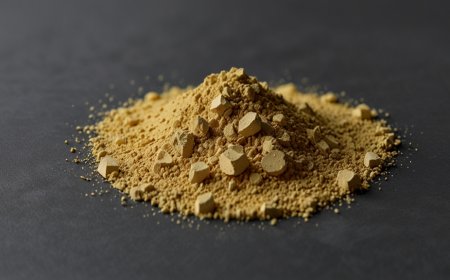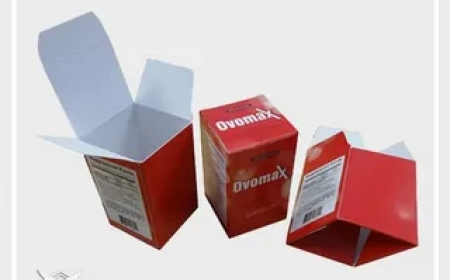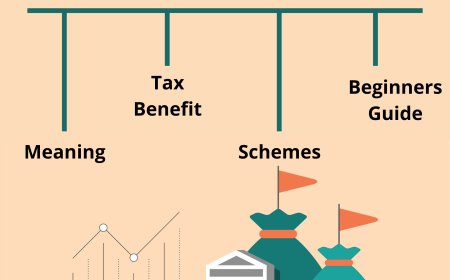What Are the Best Deck Building Materials with Fire Resistant Lumber?
deck building materials

Choosing the best deck building materials is the first crucial step in designing a deck. The deck's lifespan will be determined by the materials you select, whether you're creating a brand-new outdoor retreat or rebuilding an aging construction. Although strength and beauty are important to both homeowners and contractors, materials that are also fire resistant are becoming more and more popular in today's unstable climate. This is where lumber that is resistant to fire is essential. Choosing a material that blends safety and beauty has become essential to outdoor construction strategy due to rising temperatures and an increase in the risk of wildfires, particularly in arid or forest-adjacent areas.
Recognizing the Different Deck Building Material Types
There are many possibilities available in the realm of deck building materials. Because of their accessibility and cost, traditional options like pressure-treated wood are still widely used. But because of their distinct advantages, a lot of homeowners are switching to metal, hardwood floors, and composite decking. Every material has pros and cons of its own, such as cost, longevity, and maintenance requirements. A popular choice is fire-resistant lumber, which has been treated to prevent ignition and reduce the spread of fire while still providing the cozy, natural feel of wood. This makes it particularly useful in places with high fire safety regulations or those that are prone to wildfires.
The Significance of Fire Safety in Deck Building
Not only is fire safety an issue in crowded cities, but it also plays a big role in suburban and rural development. If a deck is constructed with untreated wood, it can serve as a fuel source during fires and is frequently a vulnerable external construction. By using fire-resistant lumber in your design, you can lower the chance of an ignition and slow the development of a fire, saving valuable time for escape or suppression. Fire-rated lumber is a component of an integrated fire-safe design method when combined with other deck building elements like concrete footings and non-combustible fasteners.
A Comparison of Wood and Composite Decking Materials
A combination of recyclable plastics and wood fibers, composite decking is low maintenance and resistant to insects and damage. It comes in a range of colors and textures and is among the most resilient deck building materials available. But it frequently lacks the authentic feel and appearance of real wood. Redwood and cedar are examples of natural woods that have rich beauty but may need regular upkeep. In this case, fire-resistant lumber is revolutionary because it satisfies strict fire safety regulations while preserving the organic grain and texture that many homeowners adore. It is an appealing option due to its combination of safety performance and aesthetic appeal.
Building Codes and Ratings for Fire Resistance
Particularly in areas designated as Wildland-Urban Interface (WUI) zones, some municipalities have imposed stringent building rules that demand fire-resistant elements. Now, deck builders have to make sure that the materials they use meet certain Class A or B flame spread criteria. These requirements are met by pressure-treated lumber, which infuses wood with chemicals that prevent fires. This treatment improves the wood's resistance to igniting without sacrificing its structural integrity. When choosing complying materials, it is essential to be familiar with local codes and certifications, such as ASTM E84 or the California State Fire Marshal's WUI listing.
Eco-Friendly Decking While Considering Safety
For a lot of contemporary homeowners, sustainability is really important. Thankfully, it is feasible to construct a deck that is both ecologically friendly and safe. Green alternatives that lessen their influence on the environment include FSC-certified fire-resistant lumber, recycled composite planks, and reclaimed wood. Environmentally acceptable preservatives are now used in treated lumber products, removing earlier worries about hazardous chemicals leaking into the ground. A longer-lasting, greener, and safer deck is the end result. A well-rounded outdoor area that reflects modern values can be achieved by combining environmentally friendly decisions with deck building materials that reduce the risk of fire.
Creating Sturdy Designs in Areas at Risk of Fire
Design decisions must go beyond aesthetics in areas where fire danger is constant. A structure's fire safety is influenced by its deck placement, airflow, board spacing, and proximity to vegetation. An additional line of protection is added by choosing deck building materials that are naturally resistant to fire and deterioration. Although thermally treated timbers and dense hardwoods like ipe provide inherent resistance, fire-resistant lumber is notable for its code compliance and verified performance. Safety is further increased by design elements like covering the deck's underbelly or employing metal flashing at connection points.
Advice on Maintaining Fire-Resistant Decks
To preserve their functionality and beauty, even the most durable deck building materials need to be maintained on a regular basis. When sealing fire-resistant lumber, it's crucial to use finishes that preserve the wood's fire-retardant qualities. The likelihood of surface ignition can be considerably decreased by routinely cleaning the deck to get rid of material like leaves, pine needles, or bird nests. Overall fire danger can also be decreased by employing fire-resistant plants and keeping nearby landscape manicured. Despite their seeming simplicity, these upkeep duties are essential to maintaining the deck's fire resistance.
Cost Factors for Materials for Fire-Resistant Decks
Deck construction materials can range in price from low-cost to high-end. Tropical hardwoods and composite materials are typically more expensive, but they require less upkeep and have longer lifespans. Because of the treatment procedure, fire-resistant lumber is a little more expensive than untreated wood; nevertheless, the advantages in terms of safety and possible insurance savings make the price difference worthwhile. By lessening the need for repairs and the possibility of damage from outside fire hazards, several homeowners discover that making an initial investment in fire-rated materials saves money over time.
Mixing Materials to Create Personalized Performance
Combining various deck building materials is a calculated tactic used by many builders to optimize functionality and design versatility. For instance, a deck that strikes a compromise between affordability, durability, and safety can be made by employing fire-resistant lumber for structural framing, composite boards for walking surfaces, and concrete footings. Custom finishes and performance where it counts are made possible by mixing materials. A deck can achieve long-term structural stability and peace of mind in addition to aesthetic appeal by blending materials that each bring unique capabilities.
Upcoming Developments in Fire-Resistant Decking
Deck building materials are becoming more innovative as wildfires grow more frequent. In order to increase durability and decrease chemical runoff, manufacturers are using sophisticated treatments that molecularly link fire-retardant chemicals. Fire protection is included right into the composite material of some new items. As laws become more stringent and homeowner knowledge increases, fire-resistant lumber will continue to be essential in building. Architects are also investigating modular decking systems, which provide more flexibility for maintenance and emergency repair and are simpler to construct and upgrade.
In conclusion, construct stronger, safer, and more intelligent
Selecting the appropriate deck building materials is important for creating a secure, long-lasting, and entertaining outdoor area, not only for improving curb appeal. Including Fire Resistant Lumber in your design not only complies with regulations but also safeguards your family, your property, and your investment. Proactive planning and material selection are crucial as fire dangers become a more urgent national concern. Homeowners and contractors can depend on reliable vendors like Bayou City Lumber, where safety and quality are combined in every board, for high-quality fire-rated wood products and knowledgeable advice.

















































